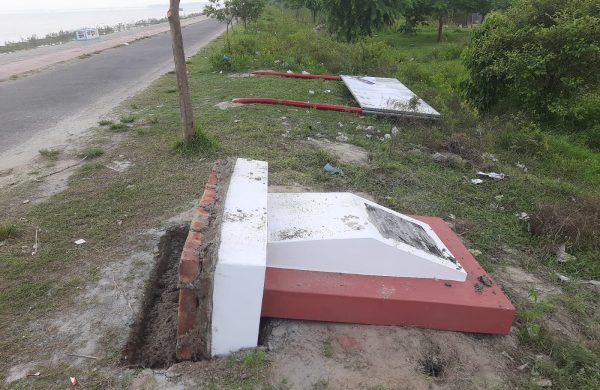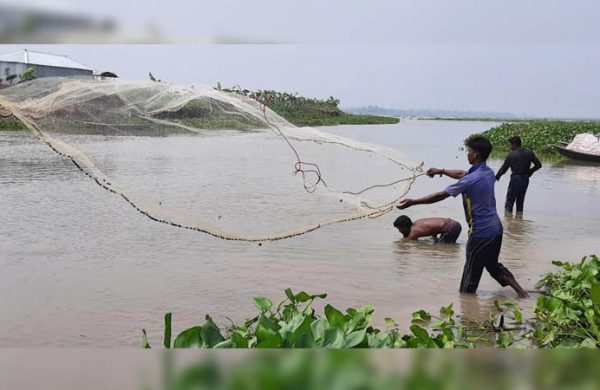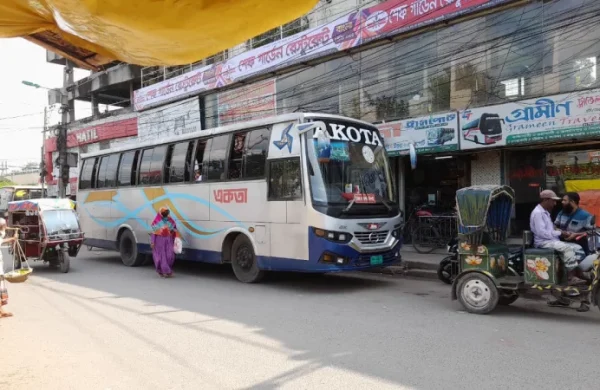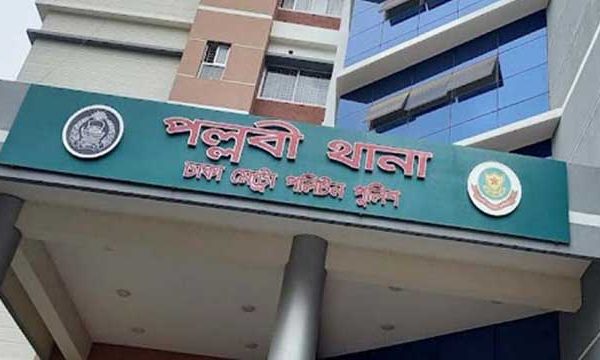Farmers produce 6,60,921 bales of jute in Rangpur region
- Update Time : Monday, September 8, 2025
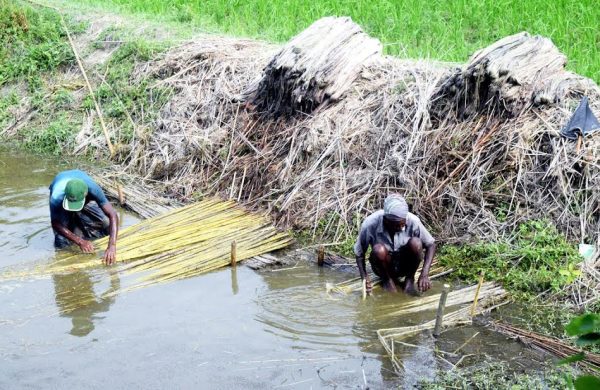
Rangpur Correspondent:
After completing harvest and fibre separation, enthusiastic farmers have produced 6,60,921 bales of jute in all five districts of Rangpur agricultural region during this season.
Farmers are happy with the excellent jute yield and reaping superb profit from selling the fibre in local markets at rates between Taka 3,800 and Taka 4,200 per mound (every 40 kg) depending on varieties and quality.
The Department of Agricultural Extension (DAE) officials said the government had fixed a target of producing 7,09,799 bales of jute from 51,669 hectares of land for the region during the just-ended Kharif-1 season.
“However, farmers had finally cultivated jute on 48,857 hectares of land, less by 2,812 hectares against the fixed farming target this time,” said Acting Additional Director of DAE for Rangpur region Agriculturist Md Sirajul Islam.
Farmers had mostly cultivated high yielding varieties of jute on more land area though the fixed target marked a shortfall due to crop diversification and cultivation of other crops on more land area.
Of them, farmers had cultivated jute on 9,450 hectares of land in Rangpur, 13,822 hectares in Gaibandha, 16,050 hectares in Kurigram, 3,915 hectares in Lalmonirhat and 5,220 hectares of land in Nilphamari districts of the region.
“After completing harvest of the fibre crop last week, farmers have produced 6,60,921 bales of the fibre crop at an excellent average yield rate of 13.67 bales per hectare in Rangpur agricultural region,” he said.
The DAE, Bangladesh Agricultural Development Corporation and Bangladesh Jute Research Institute provided seeds, fertilisers, training and technologies to farmers for enhancing jute farming and production of jute for reviving past glory of the fibre crop.
Dr Md Abu Sayem, Deputy Director of the DAE’s Burirhat Horticulture Centre in Rangpur, said farmers have achieved a bumper jute output and its better market price following effective steps taken by the government.
Most farmers had produced high-quality jute fiber by rotting their harvested jute plants in water bodies and adopting the ribbon retting method amidst comparatively less rainfall this season.
The demand for jute has increased considerably as a result of ensuring mandatory use of jute bags in various sectors and jute cultivation becoming more profitable for farmers in recent years.
“Apart from reaping good profits from selling the fibre and jute straws, farmers benefit from jute cultivation, because after harvesting, its leaves and deep roots decompose into organic fertilizer that improves soil health and fertility,” Sayem said.
Jute growers Mansur Ali, Aftab Hossain, Mahbubul Islam and Manik Mia of different villages in Sadar, Badarganj and Mithapukur upazilas of Rangpur said they got bumper jute yield and sold the fiber at rates between Taka 3,800 and Taka 4,200 per mound.


